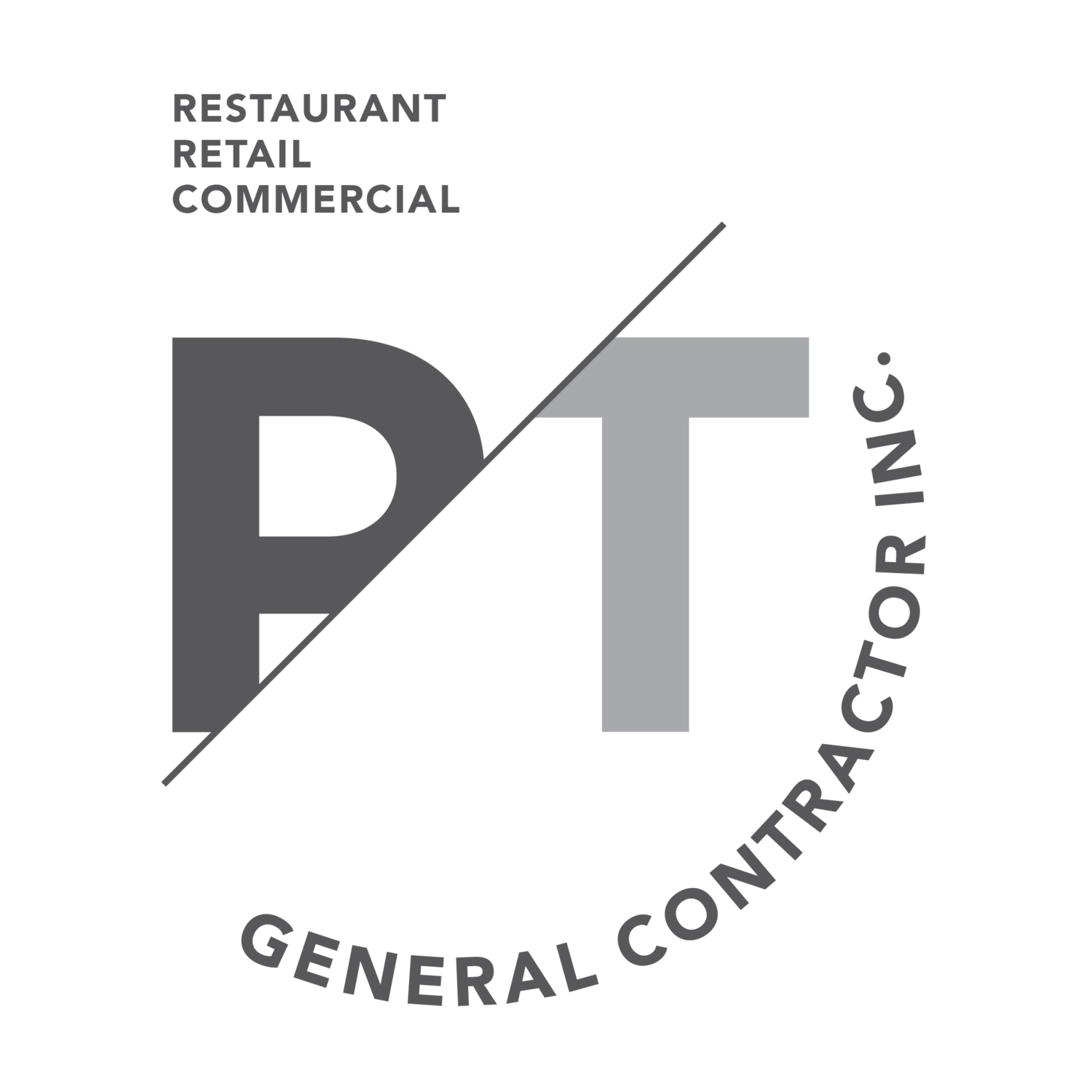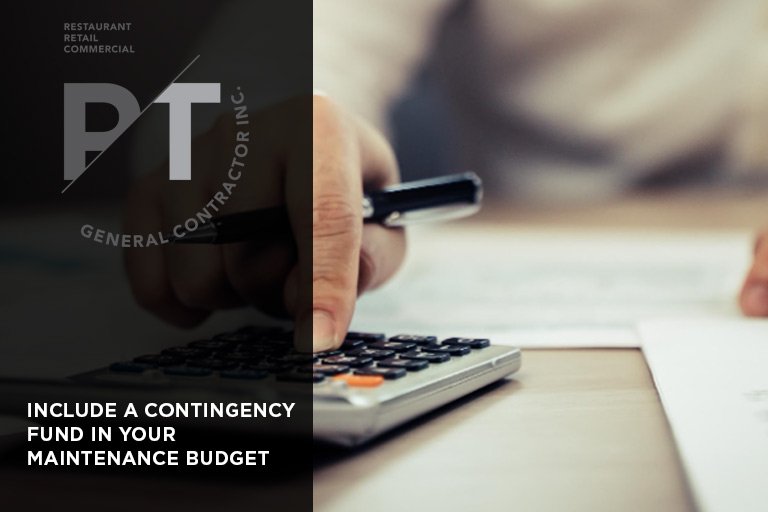Tips for Toronto Building Owners on Flexibility in Maintenance Planning
Include a contingency fund in your maintenance budget
Maintenance planning is crucial for building owners in Toronto, given the city's unique climate and infrastructure demands. According to a study posted in ResearchGate, the physical life of buildings can be prolonged as long as appropriate maintenance is implemented, while the value of buildings gradually declines without it. Here are some essential tips to ensure your maintenance plan is both flexible and effective.
Creating a Flexible Maintenance Plan
A flexible maintenance plan adapts to the evolving needs of your building and the unexpected challenges that arise.
Assessing Current Maintenance Strategies
To create a flexible maintenance plan, start by evaluating your existing maintenance practices. Here are the steps to follow:
Review Maintenance Records: Look at past maintenance logs to identify recurring issues and the frequency of repairs. This can help you spot patterns and anticipate future needs.
Conduct a Building Audit: Perform a thorough inspection of your building to assess its current condition. Identify any areas that need immediate attention and those that may require future maintenance.
Gather Feedback: Solicit feedback from staff, tenants, and contractors who interact with the building regularly. They can provide valuable insights into maintenance challenges and areas for improvement.
Benchmark Against Standards: Compare your maintenance practices with industry standards and best practices. This can help you identify gaps and areas where you can enhance your maintenance strategies.
Setting Priorities
Once you have assessed your current maintenance strategies, the next step is to prioritize tasks based on urgency, cost, and impact. Here’s how to set priorities effectively:
Urgency: Identify tasks that require immediate attention to ensure safety and prevent significant damage. For example, repairing a leaking roof or addressing electrical issues should be top priorities.
Cost: Consider the cost of maintenance tasks and allocate your budget accordingly. It’s important to balance the need for immediate repairs with long-term investments in building upkeep.
Impact: Evaluate the potential impact of maintenance tasks on the overall building performance and tenant satisfaction. High-impact tasks that improve building functionality and comfort should be prioritized.
Preventative Measures: Emphasize preventative maintenance to address potential issues before they become major problems. This includes regular inspections, servicing of equipment, and addressing minor repairs promptly.
Leveraging Technology
Incorporating technology into your maintenance plan can significantly enhance its flexibility and effectiveness.
Maintenance Management Software
Maintenance management software (MMS) can streamline the entire maintenance process, making it easier to track and schedule tasks. Here are some key benefits:
Centralized Information: MMS provides a single platform where you can store and access all maintenance-related information, including work orders, maintenance schedules, and equipment logs.
Automated Scheduling: The software can automate the scheduling of routine maintenance tasks, ensuring nothing is overlooked. It can also send reminders and alerts for upcoming or overdue tasks.
Improved Communication: MMS facilitates better communication between building owners, maintenance staff, and contractors. It allows for real-time updates and the sharing of information, which can improve coordination and efficiency.
Data-Driven Decisions: By analyzing data from past maintenance activities, the software can help identify trends and make informed decisions about future maintenance needs. This data-driven approach can lead to more effective and efficient maintenance planning.
Popular maintenance management tools for building owners include:
Hippo CMMS: Known for its user-friendly interface and comprehensive features.
UpKeep: Offers mobile accessibility, making it convenient for on-the-go maintenance management.
Fiix: Integrates with other software and provides robust reporting and analytics.
Predictive Maintenance Technologies
Predictive maintenance uses data analytics and advanced technologies to predict when equipment is likely to fail, allowing for proactive maintenance. Here’s how it can benefit building owners:
Early Detection of Issues: Predictive maintenance technologies, such as sensors and IoT devices, continuously monitor the condition of building systems and equipment. They can detect early signs of wear and tear, allowing for timely intervention before a failure occurs.
Cost Savings: By addressing potential problems before they escalate, predictive maintenance can reduce repair costs and prevent costly downtime. This approach can also extend the lifespan of equipment, resulting in long-term savings.
Enhanced Reliability: Buildings equipped with predictive maintenance technologies experience fewer unexpected breakdowns, leading to improved reliability and tenant satisfaction.
Efficient Resource Allocation: Predictive maintenance helps prioritize maintenance tasks based on actual equipment condition rather than fixed schedules. This ensures that resources are allocated efficiently, focusing on areas that need attention the most.
Budgeting for Flexibility
A flexible maintenance plan requires a well-thought-out budget that can accommodate both planned and unexpected expenses.
Creating a Maintenance Budget
A comprehensive maintenance budget ensures you allocate resources effectively. Here’s how to create one:
Identify All Maintenance Tasks: List all regular and preventive maintenance tasks, such as HVAC servicing, roof inspections, plumbing checks, and seasonal preparations.
Estimate Costs: Determine the cost for each task. Include labour, materials, equipment, and any additional fees. Research market rates and consult with contractors to get accurate estimates.
Include Contingencies: Allocate a portion of your budget for unforeseen repairs and maintenance. A general rule of thumb is to set aside 10-20% of your total maintenance budget for contingencies.
Plan for Long-Term Investments: Consider long-term improvements that enhance building value and performance. These may include energy-efficient upgrades, structural reinforcements, and major system overhauls. Allocate funds for these projects separately from routine maintenance.
Review and Adjust Regularly: Regularly review your budget and adjust it based on actual expenses and evolving needs. Track spending and compare it against your budget to identify discrepancies and make necessary adjustments.
Emergency Funds
Having an emergency fund is crucial for dealing with unexpected maintenance issues promptly. Here’s why it’s important and how to manage it:
Importance of an Emergency Fund: Unexpected repairs can arise at any time, from plumbing leaks to electrical failures. An emergency fund ensures you have the financial resources to address these issues without compromising your regular maintenance budget.
Building an Emergency Fund: Start by setting aside a portion of your rental income or maintenance budget each month. Aim to build a fund that covers at least 3-6 months of operating expenses, including maintenance costs.
Managing the Fund: Keep the emergency fund in a separate, easily accessible account. This ensures that the money is readily available when needed but isn’t used for regular expenses.
Replenishing the Fund: After using the emergency fund, prioritize replenishing it. Regular contributions and a disciplined approach to managing the fund are essential to maintaining financial stability.
Working with Professional Services
Collaborating with professional services can significantly enhance the effectiveness and efficiency of your maintenance plan.
Hiring Reliable Contractors
Finding and vetting reliable commercial contractors in Toronto is essential for high-quality maintenance work. Here are some tips:
Research and Recommendations: Start by seeking recommendations from other building owners, property managers, or industry associations. Online reviews and ratings can also provide insights into a contractor’s reliability and quality of work.
Check Credentials: Verify that the contractor has the necessary licenses, certifications, and insurance coverage. This ensures they meet industry standards and can be held accountable for their work.
Evaluate Experience: Look for contractors with extensive experience in building maintenance, particularly in areas relevant to your needs. Experienced contractors are more likely to identify and address potential issues effectively.
Request References: Ask for references from past clients and follow up with them to inquire about their experiences. This can give you a better understanding of the contractor’s work quality and reliability.
Get Multiple Quotes: Obtain quotes from several contractors to compare prices and services. This helps ensure you’re getting fair pricing and allows you to evaluate different approaches to the same task.
Establish Clear Agreements: Clearly outline the scope of work, timelines, and payment terms in a written contract. This minimizes misunderstandings and sets expectations for both parties.
Utilizing Property Management Companies
Property management companies can provide comprehensive maintenance services, reducing the burden on building owners. Here’s how to choose and benefit from a property management company:
Identify Your Needs: Determine the specific services you require from a property management company, such as routine maintenance, emergency repairs, tenant communication, and financial management.
Research Companies: Look for property management companies with a strong reputation and positive reviews. Check their credentials, experience, and the range of services they offer.
Assess Communication: Effective communication is vital to successful property management. Ensure the company has a clear and responsive communication process, keeping you informed about maintenance activities and tenant issues.
Review Contracts: Carefully review the contract terms, including fees, service scope, and termination clauses. Make sure the terms align with your needs and expectations.
Evaluate Performance: Monitor the company’s performance regularly, reviewing their maintenance activities, response times, and tenant feedback. Provide constructive feedback to ensure continuous improvement.
Leverage Their Expertise: Property management companies often have established relationships with contractors and suppliers, which can result in cost savings and quicker service. They also bring expertise in regulatory compliance, reducing the risk of legal issues.
Take Action Today for a Better Tomorrow
Incorporating flexibility into your maintenance planning is essential for the longevity and safety of your building. For expert help with building maintenance in Toronto, contact PT General Contractor at (416) 451-6173. Let us help you keep your property in top shape year-round!



